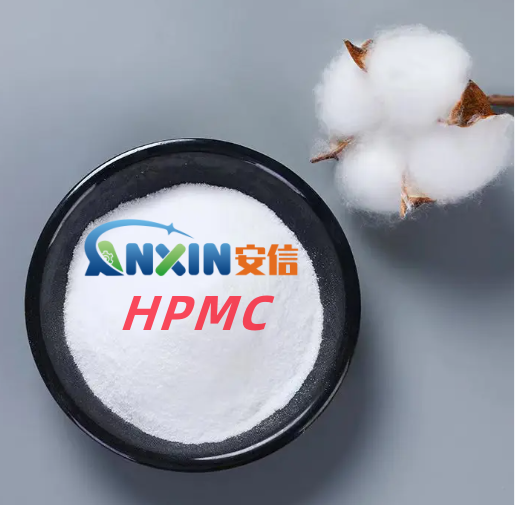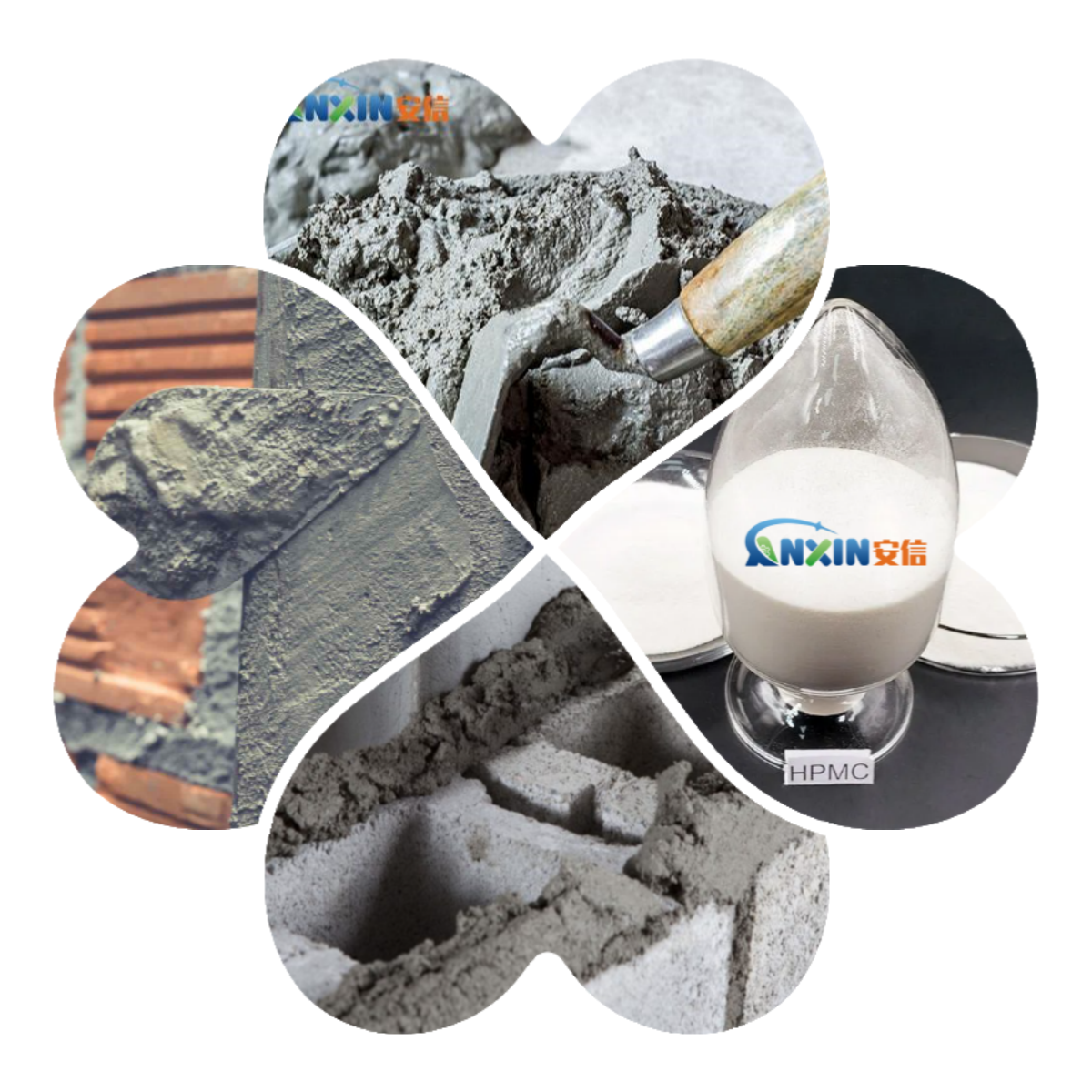Hydroxypropyl Methylcellulose (HPMC) is a non-ionic cellulose ether with good thickening, film-forming, dispersing, bonding, emulsifying and water-retaining properties. In the cement mortar system, the water-retaining property of HPMC is particularly critical, and it plays an important role in the construction performance, hydration reaction and final mechanical properties of the mortar.
1. Physical and chemical properties of HPMC
HPMC is a water-soluble polymer material made of natural polymer cellulose as raw material and modified by etherification. It has the following characteristics:
Good water solubility: It can be quickly dissolved in cold water to form a transparent or translucent viscous solution.
Nonionic: It does not react with ions in cement and has stable chemical properties.
Excellent film-forming property: It can form a continuous and dense film on the surface of the material to inhibit water evaporation.
Adjustable viscosity: HPMC of different viscosity grades can meet different construction needs. The higher the viscosity, the stronger the water retention capacity.
2. Mechanism of water loss in cement mortar
During the construction of cement mortar, water will be lost through the following ways:
Capillary absorption: The base layer such as bricks and concrete is absorbent and will absorb free water in the mortar.
Evaporation: In a high temperature and low humidity environment, water will evaporate quickly.
Segregation and bleeding: The floating water caused by the sedimentation of cement particles will also affect the hydration of cement.
Gravity dehydration: The cement slurry inside the mortar flows downward, causing the upper part to dry and affect the construction.
If these water losses cannot be effectively controlled, the mortar will lose water too quickly in the early stage, which will cause shrinkage cracks, poor bonding, insufficient strength and other problems.
3. Water retention mechanism of HPMC
HPMC achieves water retention in cement mortar mainly through the following three mechanisms:
3.1. Physical barrier effect
The large number of hydroxyl groups and ether bonds in the molecular structure of HPMC can form hydrogen bonds with water molecules. The polymer network structure formed by it can absorb and wrap water, making it difficult for water to flow freely or evaporate. In particular, a thin film formed on the surface of the mortar is like a “water-locking film”, which effectively prevents moisture from evaporating into the air.
3.2. Improving mortar viscosity
HPMC can significantly improve the viscosity and cohesion of the mortar, making the cement particles and aggregates more evenly distributed. High viscosity reduces the migration speed of water in the mortar, thereby slowing down the rate of water seepage, especially for vertical surface construction, which can prevent mortar from sagging and bleeding.
3.3. Delaying cement hydration and releasing water
HPMC will slow down the hydration reaction rate of cement particles, so that the water inside the mortar will not be quickly consumed by the hydration reaction. The colloidal structure it forms will form a coating on the surface of cement particles, which plays a role in controlling water transmission. This slow-release effect helps cement particles to be more fully hydrated and improve the later strength.
4. Engineering significance of HPMC water retention performance
The good water retention of HPMC in cement mortar brings the following engineering advantages:
4.1. Improve construction performance
Good water retention makes the mortar have a longer operable time, and the surface is not easy to dry during construction, which is conducive to leveling and finishing, and improves construction efficiency and quality.
4.2. Avoid cracking and powdering
Sufficient water retention prevents the mortar from cracking or powdering due to premature water loss before hardening, which is particularly suitable for thin-layer plastering or wear-resistant surface layer.
4.3. Enhanced bonding
Evenly distributed water and sufficient hydration help the effective bonding between the mortar and the substrate, reducing the risk of hollowing and falling off.
4.4. Improved strength development
Delaying the hydration rate but promoting the full hydration of cement helps to improve the later compressive and flexural strength.
4.5. Improved mortar homogeneity
High water retention can also inhibit material segregation and water seepage, ensure uniform structure after molding, and enhance the final durability.
Hydroxypropyl methylcellulose (HPMC) plays an irreplaceable role in cement mortar due to its excellent water retention performance. It effectively solves engineering problems such as early water loss, cracks, and insufficient strength of mortar through the mechanism of absorbing water, increasing viscosity, and slow-release hydration reaction. It is an indispensable high-performance additive for modern building dry-mix mortar. With the advancement of construction industrialization and the popularization of high-performance mortar, the application value of HPMC will become more prominent.
Post time: Jun-25-2025








